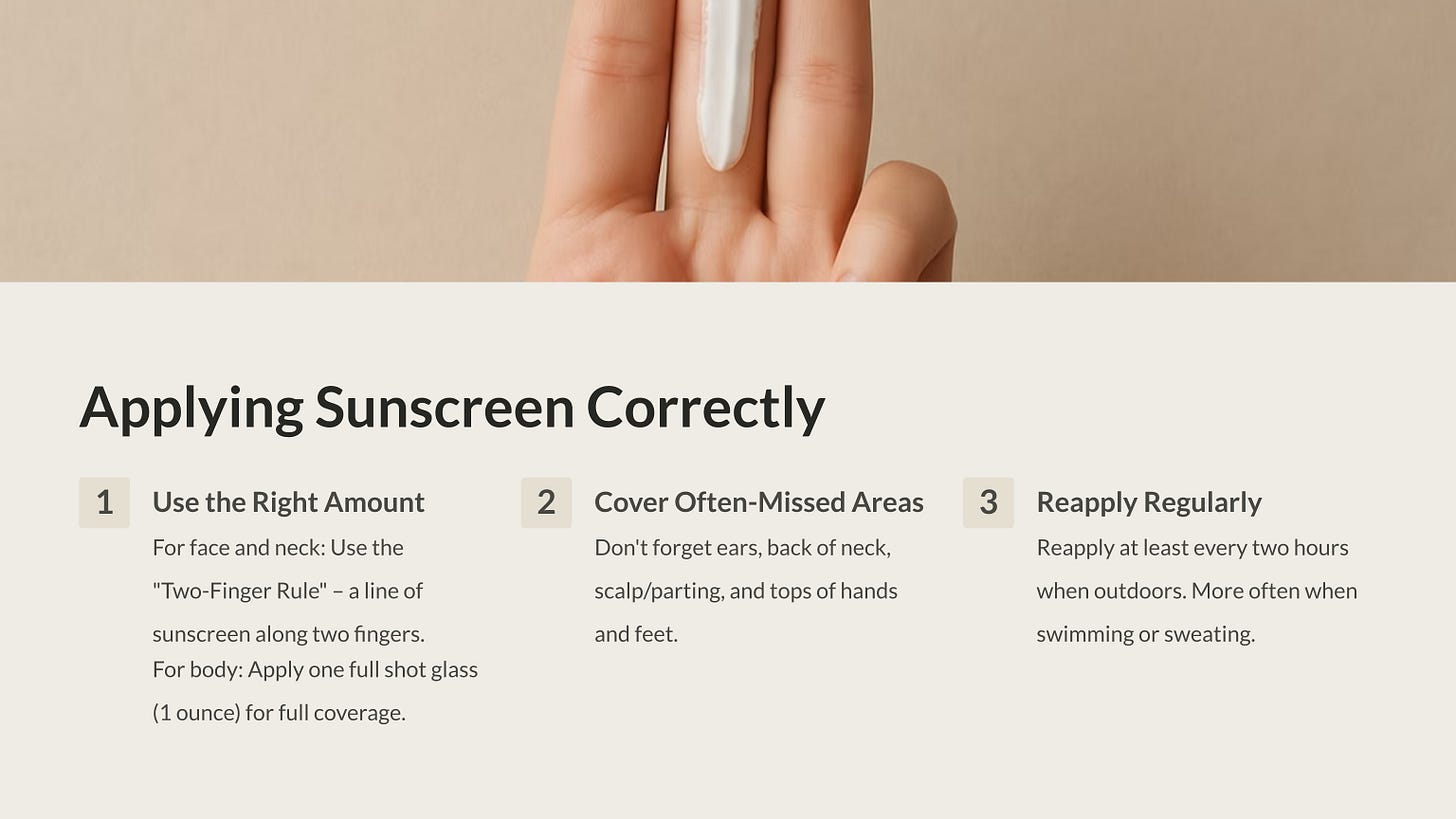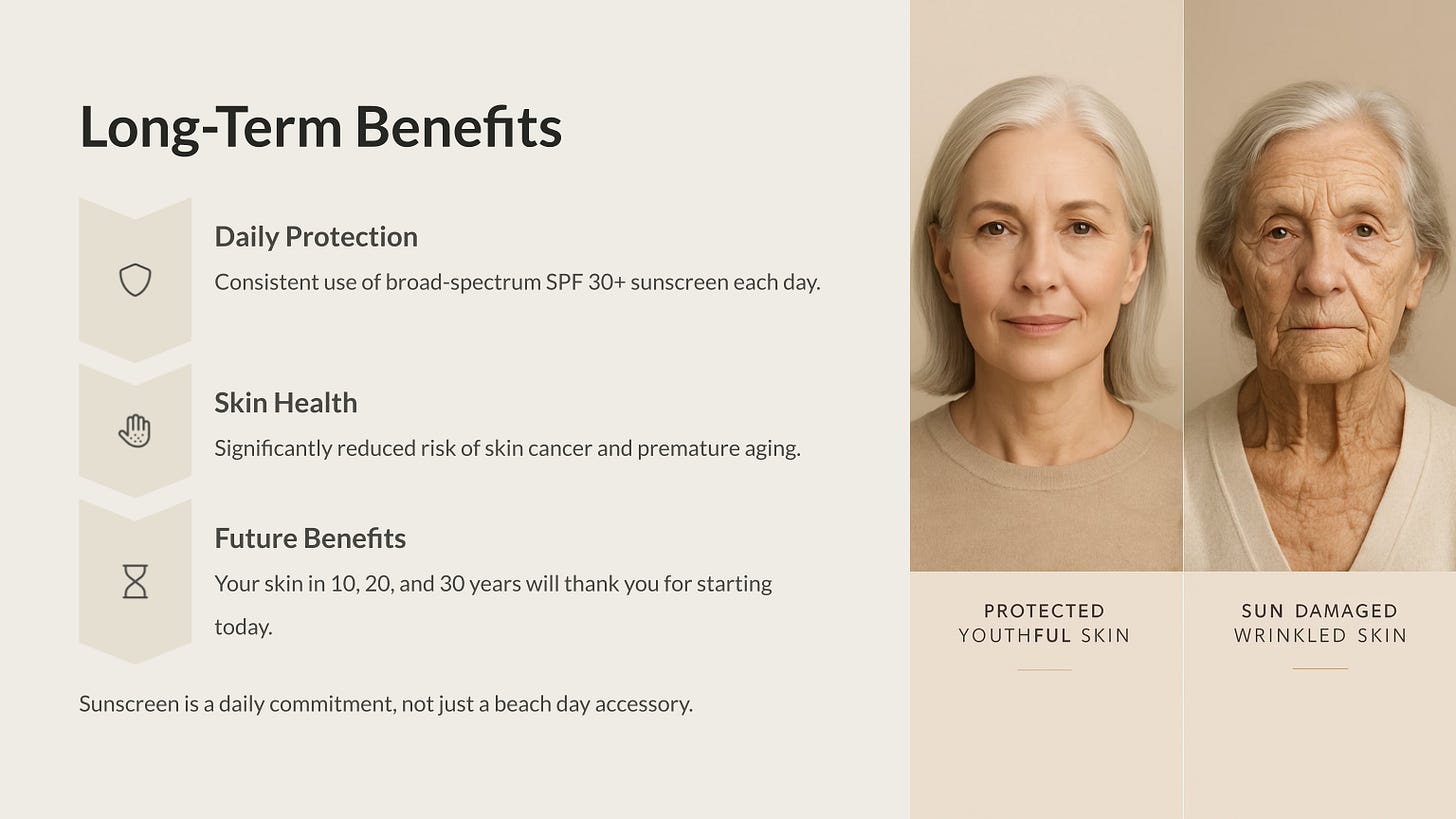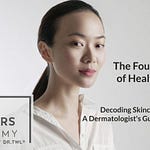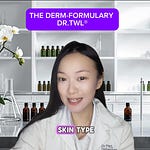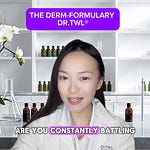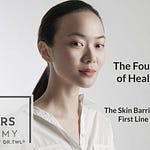As a dermatologist, I can state this with absolute certainty: Daily sunscreen use is the most important thing you can do for the long-term health and appearance of your skin. It is our most powerful tool against premature aging and, most critically, skin cancer.
Yet, I find most patient confusion lies in this crucial category. What does SPF really mean? Is mineral better than chemical? How much is enough? Let's clear it up for good.
The Basics: UVA vs. UVB
First, you need to know what you're protecting yourself from. The sun emits different types of ultraviolet (UV) radiation. The two that affect our skin are:
UVA (Aging Rays): These rays penetrate deep into the skin's dermis. They are the primary cause of premature aging—think fine lines, wrinkles, and loss of elasticity. UVA rays can penetrate clouds and glass, meaning your skin is exposed even on cloudy days and while you're driving.
UVB (Burning Rays): These rays affect the skin's surface and are the main cause of sunburn. They are also the primary cause of most skin cancers.
This is why you must look for one key phrase on your sunscreen bottle: "Broad-Spectrum." This designation ensures the product has been tested and proven to protect against both UVA and UVB rays.
Decoding SPF: What the Numbers Mean
SPF stands for Sun Protection Factor. It is a measure of how long you can stay in the sun before your skin starts to burn (react to UVB rays) compared to wearing no protection at all.
An SPF 15 blocks approximately 93% of UVB rays.
An SPF 30 blocks approximately 97% of UVB rays.
An SPF 50 blocks approximately 98% of UVB rays.
An SPF 100 blocks approximately 99% of UVB rays.
As you can see, the jump in protection becomes much smaller after SPF 30. This is why I recommend a minimum of SPF 30 for daily use and SPF 50 for extended time outdoors. A higher SPF can provide a greater margin of error, as most people do not apply enough sunscreen to begin with.
The Great Debate: Mineral vs. Chemical Sunscreens
There is no "winner" here; the best sunscreen is the one you will happily wear every day. Here’s how they differ:
Mineral (or Physical) Sunscreens:
Active Ingredients: Zinc Oxide and/or Titanium Dioxide.
How They Work: They create a physical barrier on the skin that sits on top and reflects UV rays away, like a shield.
Pros: Generally better tolerated by sensitive skin, protection is effective immediately upon application. Zinc oxide provides excellent broad-spectrum coverage.
Cons: Can sometimes leave a white cast, especially on deeper skin tones, and can feel heavier on the skin. (Though formulations have improved dramatically!)
Chemical Sunscreens:
Active Ingredients: Avobenzone, Octisalate, Octocrylene, etc.
How They Work: They absorb into the skin, and when UV rays hit, they trigger a chemical reaction that converts the UV light into heat, which is then released from the skin.
Pros: Tend to be more lightweight, sheer, and cosmetically elegant. Easier to formulate in water-resistant preparations.
Cons: Require about 15-20 minutes to become effective. Can sometimes cause stinging or irritation in very sensitive or rosacea-prone skin.
Application is Everything: Are You Using Enough?
This is where most people go wrong. To get the SPF protection stated on the bottle, you need to apply the correct amount.
For the Face and Neck: The "Two-Finger Rule" is an excellent guide. Squeeze a continuous line of sunscreen onto your index and middle fingers from base to tip. This is roughly the amount needed.
For the Body: You need about a shot glass full (one ounce) for your entire body.
Don't Forget: Your ears, the back of your neck, your scalp/parting, and the tops of your hands and feet.
Reapplication: Sunscreen is not a one-and-done deal. You must reapply it at least every two hours when outdoors, and more frequently if you are swimming, sweating, or towelling off.
Sunscreen is a daily commitment, not just a beach day accessory. Make it the final step of your morning skincare routine, every single day, without fail. Your skin in 10, 20, and 30 years will thank you for it.
If you’ve found value in this free insight, consider joining me, Dr. TWL, as a paid subscriber for exclusive access to advanced dermatological analyses, carefully curated skincare knowledge, and early insights into new research and innovations. Your subscription supports ongoing expert-level content creation and helps me bring more clinically grounded wisdom directly to your inbox. Join today and deepen your understanding for healthier, more radiant skin.
✨ Begin your path to skincare expertise—join our dermatologist-led Skincare Coach Certification and elevate your career with 12 hours of in-depth training.






